Description
It’s difficult to know where to start in describing this outrageous member of the Araliacaea family. It is completely bonkers. I have seen people stop in their tracks to look at the specimens growing in my garden and for good reason. In juvenile form, Pseudopanax crassifolia resembles a smooth grey trunk with sparsely distributed dark green, almost black leaves. With spiny edges and a raised, pale green central vein, the leaves are thin – only around 2cm or so wide however they are exceptionally long usually reaching around 40-50cm. What is so shocking on first sight, is that the leaves hang down at odd angles giving this small tree/shrub a jagged and sparse appearance. The leaves are thick and leathery and curious to touch and Pseudopanax crassifolia is unlike anything many people will have ever seen before.
Once the plant has reached a mature height (usually above 3m), a remarkable change occurs and Pseudopanax crassifolia changes in appearance from a jagged, sparse curiosity to something more obviously tree-like. The foliage gradually becomes shorter with the lower leaves falling and the newly formed head of foliage branches out with leaves becoming wider and stockier. The trunk becomes thicker with age, being wonderfully smooth and silver-grey.
The fascination continues with mature plants producing flowers which resemble those of Ivy, Fatsia or Schefflera, all of which are members of the Araliacae family; bees will enjoy the flowers and birds will enjoy the shiny black berries that follow.
Pseudopanax crassifolia can be planted in groves to great effect and will tolerate sun or partial shade. They are equally as impressive as a stand-alone specimen and young plants can be kept in containers for some considerable time. Free draining and fertile soil are essential and plants are hardy to around -10. Pruning is not necessary and is detrimental to the plant.
The evolution of this New Zealand native is extraordinary. The theory is that juvenile plants maintained their whacky appearance to avoid roaming, hungry Moas and it is only once they grew above the height of a Moa (3m and above), that it was safe to morph into their fabulous adult form. If you’re not sure what a Moa is, follow this link to look at ‘Pseudopanax lessonii ‘Moa’s Toes’. The plot thickens!
As with all Pseudopanax and most members of the Araliacae family, free draining and fertile soil is essential and overwatering should be avoided. Plants will benefit from occasional feeding.
This is one of an amazing group of plants which we’re excited to be able to offer and you can expect to see more members of this fascinating family appearing online and on the nursery.

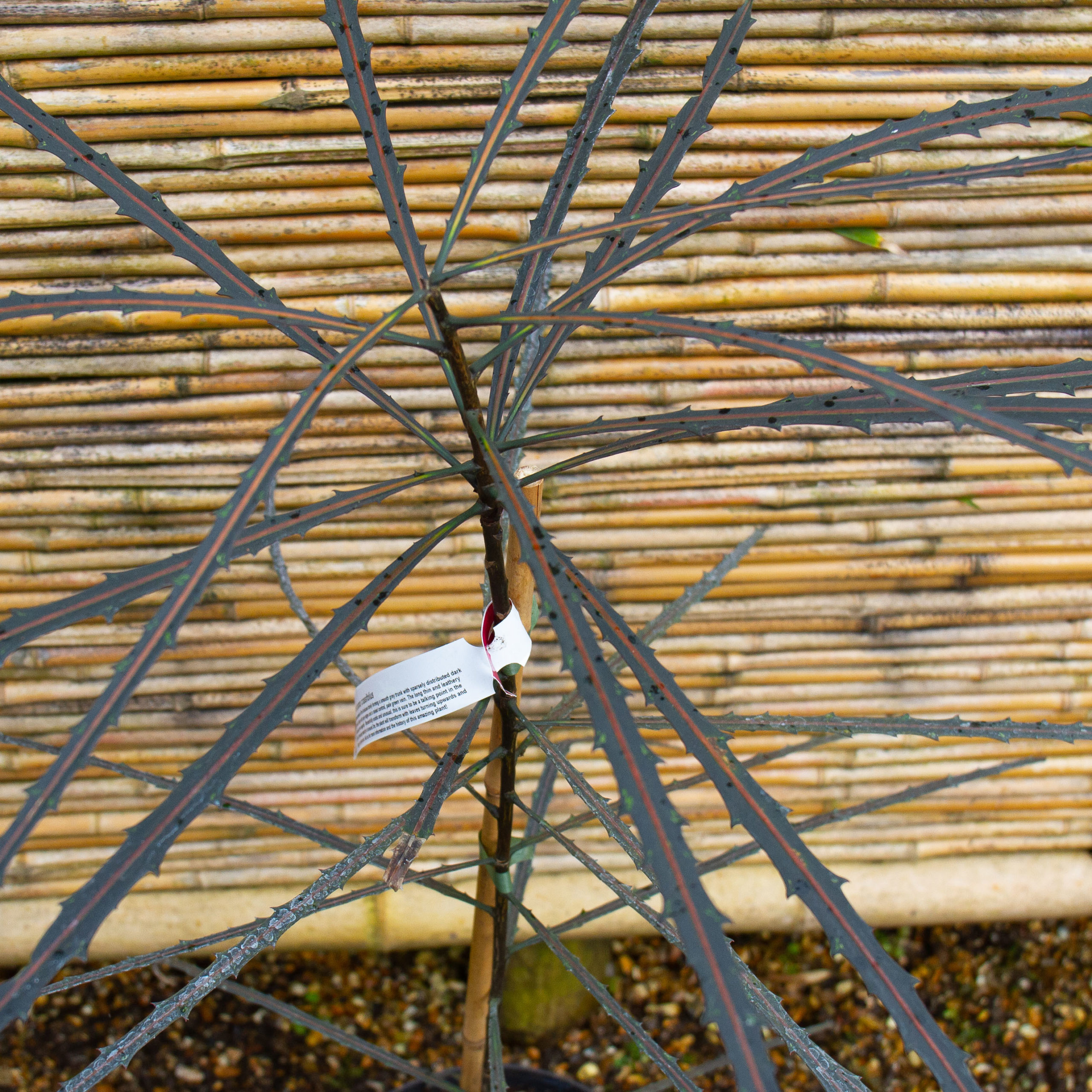
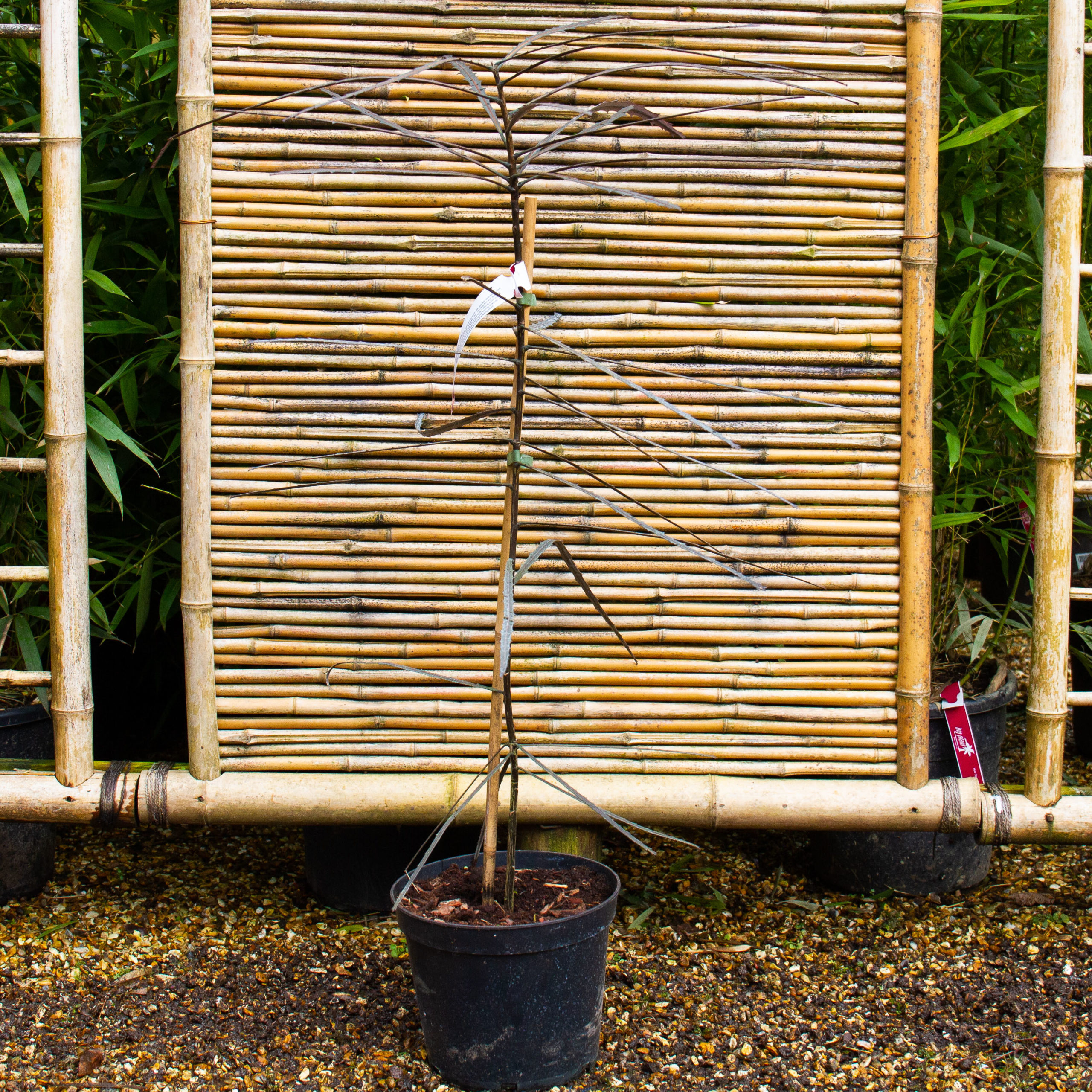
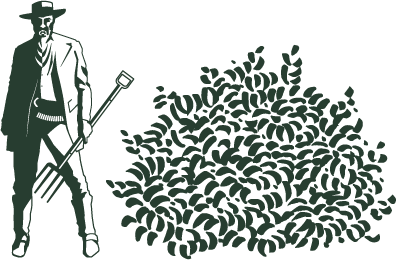
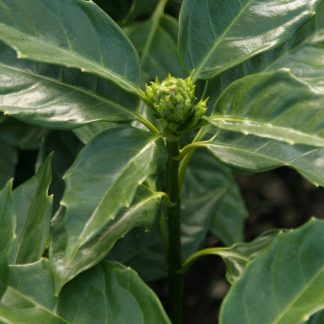
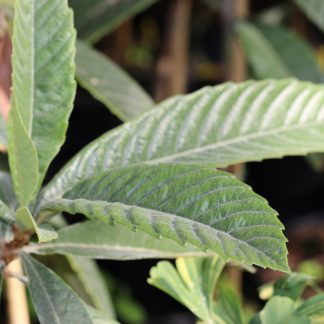
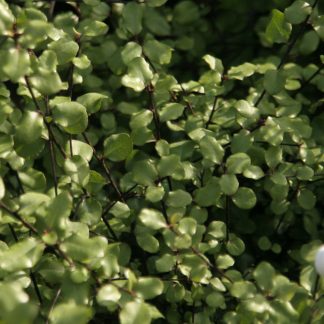
Ray Maguire –
Excellent description, love these plants